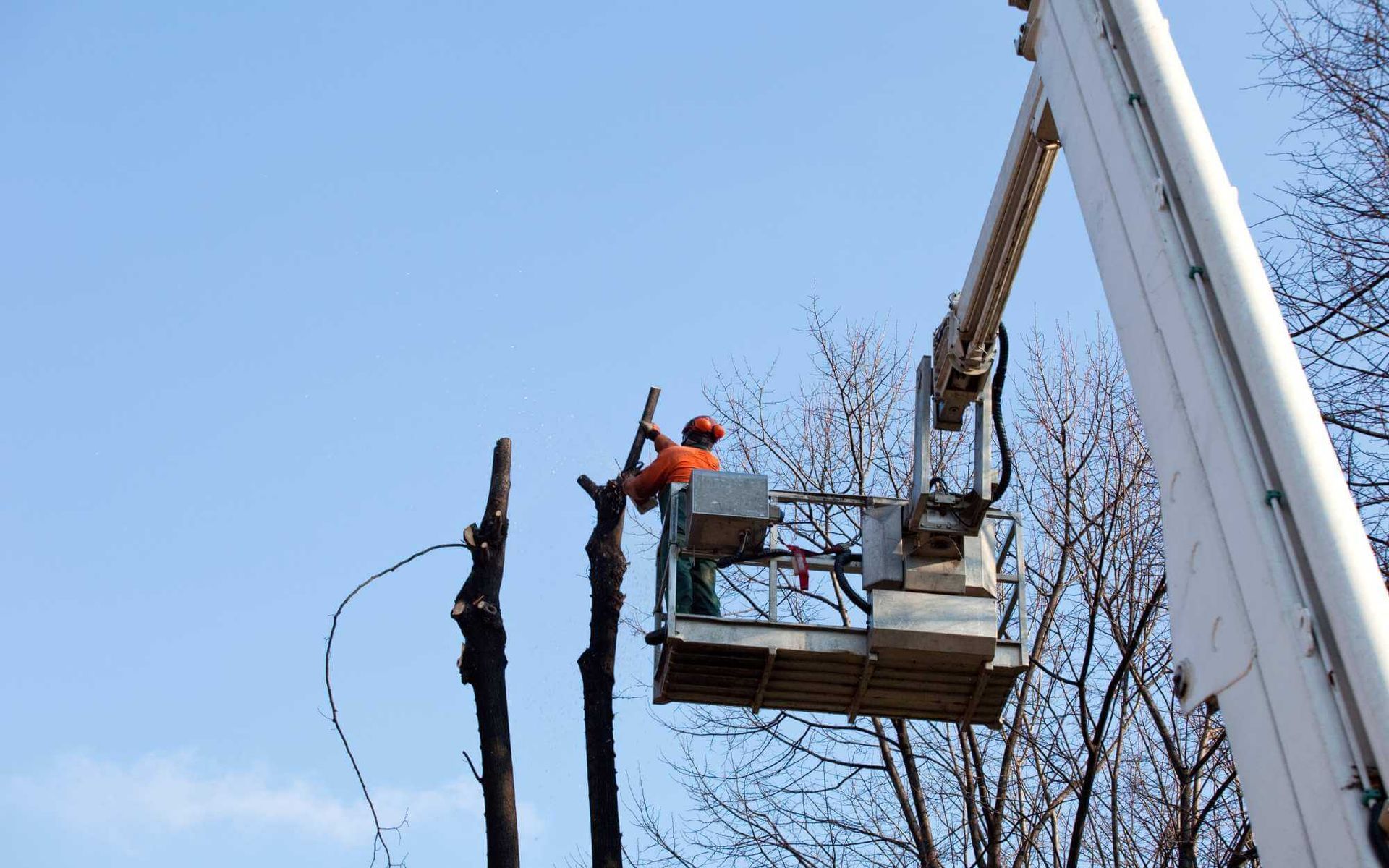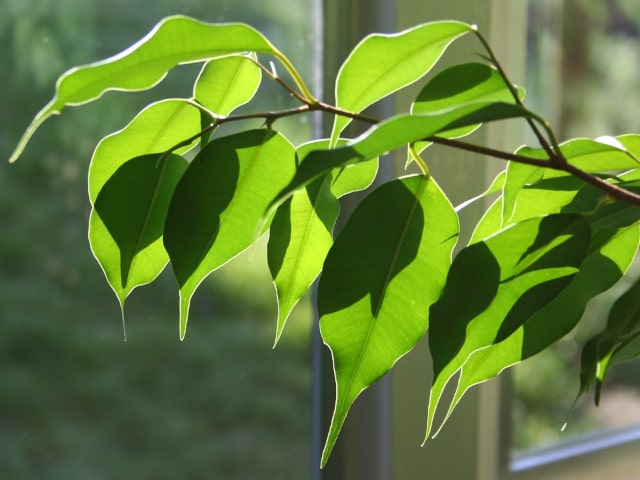Understanding the Importance of Pruning for Large Ficus Trees
Pruning is a crucial aspect of maintaining the health, shape, and size of large outdoor ficus trees. By removing dead or diseased branches, pruning promotes healthy growth and prevents the spread of disease. Regular pruning also helps to maintain the tree’s natural shape, reducing the need for more extensive pruning or even removal. Furthermore, pruning can help to control pests and diseases, reducing the risk of infestation and infection. For those looking to learn how to trim a large outdoor ficus tree, understanding the importance of pruning is essential.
Large outdoor ficus trees can quickly become overgrown, leading to a range of problems, including reduced air circulation, increased risk of disease, and damage to surrounding structures. Pruning helps to mitigate these issues, promoting a balanced and healthy tree. By removing select branches, pruning can also help to increase sunlight penetration, reducing the risk of fungal diseases and promoting healthy growth.
In addition to promoting healthy growth and preventing disease, pruning can also help to maintain the aesthetic appeal of large outdoor ficus trees. By shaping and sizing the tree, pruning can help to create a balanced and visually appealing canopy, enhancing the overall appearance of the tree and surrounding landscape. Whether you’re looking to prune your ficus tree for health, maintenance, or aesthetic reasons, understanding the importance of pruning is essential for achieving your goals.
Preparing for Pruning: Essential Tools and Safety Precautions
Before embarking on the process of pruning a large outdoor ficus tree, it’s essential to gather the necessary tools and equipment. A pruning saw, loppers, and gloves are the minimum requirements for pruning a large ficus tree. The pruning saw should be sharp and suitable for cutting through thick branches, while the loppers should be able to handle smaller branches and twigs. Gloves will protect your hands from thorns and sap.
In addition to the necessary tools, safety precautions are also crucial when pruning a large outdoor ficus tree. Wearing protective gear, such as safety glasses and a hard hat, can help prevent injury from falling branches or debris. Ensuring a stable ladder is also vital, as it will provide a secure platform for pruning high branches. It’s also recommended to prune during calm weather conditions, avoiding windy or rainy days that could make the pruning process more hazardous.
When learning how to trim a large outdoor ficus tree, it’s also important to consider the tree’s size and complexity. Larger trees may require more specialized equipment, such as a pole saw or pruning shears, while smaller trees may only require a pair of loppers and some pruning gloves. Regardless of the tree’s size, however, safety should always be the top priority.
By taking the time to prepare the necessary tools and equipment, and by following essential safety precautions, you’ll be well on your way to pruning your large outdoor ficus tree with confidence and precision. Remember to always prioritize your safety and the safety of others, and to take your time when pruning to avoid accidents and ensure the best results.
Assessing the Tree’s Structure: Identifying Areas for Pruning
Before pruning a large outdoor ficus tree, it’s essential to assess the tree’s structure to identify areas that require pruning. This involves evaluating the tree’s overall shape, size, and condition, as well as identifying any dead, diseased, or damaged branches. Start by inspecting the tree from the ground up, looking for any signs of damage or decay.
Check for dead or dying branches, which can be identified by their dry, brittle texture and lack of leaves. These branches should be removed to prevent them from falling and causing damage or injury. Also, look for diseased or infected branches, which can be identified by their discoloration, swelling, or presence of fungi. These branches should be removed to prevent the spread of disease.
In addition to identifying dead or diseased branches, it’s also important to look for areas with excessive growth or rubbing branches. Excessive growth can lead to a dense, overgrown canopy that can reduce air circulation and increase the risk of disease. Rubbing branches can cause damage to the tree’s bark and create entry points for pests and diseases.
When assessing the tree’s structure, it’s also important to consider the tree’s natural growth pattern. Ficus trees have a tendency to grow in a sprawling, irregular shape, so it’s essential to prune the tree in a way that maintains its natural shape and promotes healthy growth.
By taking the time to assess the tree’s structure and identify areas that require pruning, you’ll be able to prune your large outdoor ficus tree effectively and maintain its health and appearance. Remember to always prune with caution and precision, and to make clean cuts to prevent damaging the tree.
Pruning Techniques for Large Ficus Trees: Cutting and Thinning
Once you have assessed the tree’s structure and identified areas for pruning, it’s time to start cutting and thinning. When pruning a large outdoor ficus tree, it’s essential to make clean cuts to prevent damaging the tree. Use a sharp pruning saw or loppers to make precise cuts, and always cut just outside the branch collar (the raised area where the branch meets the trunk).
When cutting branches, use the following techniques:
- Cut outside the branch collar to prevent damaging the trunk.
- Make clean, angled cuts to promote healthy healing.
- Remove no more than one-third of the branch’s length to prevent shocking the tree.
Thinning is also an essential part of pruning a large outdoor ficus tree. Thinning involves removing select branches to allow more sunlight to penetrate the canopy and promote healthy growth. When thinning, use the following techniques:
- Remove branches that are crossing or rubbing against each other.
- Remove branches that are growing inwards or towards the trunk.
- Remove branches that are dead, diseased, or damaged.
By using these cutting and thinning techniques, you can prune your large outdoor ficus tree effectively and maintain its health and appearance. Remember to always prune with caution and precision, and to make clean cuts to prevent damaging the tree.
When learning how to trim a large outdoor ficus tree, it’s essential to understand the importance of pruning techniques. By following these techniques, you can prune your tree with confidence and achieve the desired shape and size.
Shaping and Sizing: Pruning for Aesthetics and Maintenance
Once you have pruned your large outdoor ficus tree to maintain its health and promote healthy growth, it’s time to think about shaping and sizing. Pruning for aesthetics and maintenance involves reducing the tree’s height or width, creating a balanced canopy, and promoting a desired shape or size.
To prune for aesthetics, start by evaluating the tree’s overall shape and size. Consider the tree’s natural growth pattern and the space available for growth. Identify any branches that are growing outside of the desired shape or size, and remove them using the cutting and thinning techniques described earlier.
When reducing the tree’s height or width, use the following techniques:
- Remove the top third of the tree to reduce its height and promote a more balanced canopy.
- Remove select branches to reduce the tree’s width and create a more compact shape.
- Use thinning techniques to create a more open and airy canopy, allowing more sunlight to penetrate and promoting healthy growth.
By pruning for aesthetics and maintenance, you can create a beautiful and well-maintained large outdoor ficus tree that enhances the appearance of your landscape. Remember to always prune with caution and precision, and to make clean cuts to prevent damaging the tree.
When learning how to trim a large outdoor ficus tree, it’s essential to understand the importance of shaping and sizing. By pruning for aesthetics and maintenance, you can create a tree that is not only healthy and well-maintained but also visually appealing.
Pruning for Pest and Disease Control: Preventing Common Issues
Pruning is an essential part of maintaining the health and well-being of large outdoor ficus trees. In addition to promoting healthy growth and maintaining a desired shape or size, pruning can also help to prevent pest and disease issues. By removing infested or infected branches, pruning can help to prevent the spread of disease and reduce the risk of pest infestations.
Common pests that can affect large outdoor ficus trees include aphids, whiteflies, and spider mites. These pests can cause damage to the tree’s leaves and stems, and can also transmit diseases. By pruning infested branches, you can help to prevent the spread of these pests and reduce the risk of disease.
Diseases that can affect large outdoor ficus trees include root rot, leaf spot, and canker. These diseases can cause damage to the tree’s roots, leaves, and stems, and can also reduce the tree’s ability to absorb water and nutrients. By pruning infected branches, you can help to prevent the spread of these diseases and reduce the risk of further damage.
When pruning for pest and disease control, it’s essential to use proper pruning techniques to prevent spreading the disease or pest to other parts of the tree. Use clean and disinfected pruning tools, and make clean cuts just outside the branch collar. Remove any infested or infected branches, and dispose of them properly to prevent the spread of disease or pests.
By pruning regularly and using proper pruning techniques, you can help to prevent pest and disease issues in your large outdoor ficus tree. Remember to always prune with caution and precision, and to make clean cuts to prevent damaging the tree.
When learning how to trim a large outdoor ficus tree, it’s essential to understand the importance of pruning for pest and disease control. By pruning regularly and using proper pruning techniques, you can help to maintain the health and well-being of your tree and prevent common issues.
Post-Pruning Care: Watering, Fertilizing, and Monitoring
After pruning your large outdoor ficus tree, it’s essential to provide proper care to ensure the tree’s continued health and well-being. This includes watering, fertilizing, and monitoring the tree for signs of stress or disease.
Watering is crucial after pruning, as it helps to reduce stress and promote healthy growth. Water your ficus tree deeply once or twice a week, depending on weather conditions. Make sure the soil is moist but not waterlogged, as this can lead to root rot and other problems.
Fertilizing is also important after pruning, as it provides essential nutrients for healthy growth. Use a balanced fertilizer that is specifically formulated for ficus trees, and follow the manufacturer’s instructions for application rates and timing.
Monitoring your ficus tree for signs of stress or disease is also crucial after pruning. Keep an eye out for yellowing leaves, droopy branches, or other signs of stress. If you notice any of these symptoms, take action promptly to address the issue and prevent further damage.
Regular monitoring can also help you identify potential pest or disease issues early on, allowing you to take action before they become major problems. Keep an eye out for signs of pests or diseases, such as aphids, whiteflies, or fungal infections, and take action promptly if you notice any of these issues.
By providing proper post-pruning care, you can help ensure the continued health and well-being of your large outdoor ficus tree. Remember to always prune with caution and precision, and to make clean cuts to prevent damaging the tree.
When learning how to trim a large outdoor ficus tree, it’s essential to understand the importance of post-pruning care. By providing proper care and attention, you can help your tree thrive and maintain its beauty and health for years to come.
Maintenance Pruning: Scheduling Regular Pruning Sessions
Regular pruning maintenance is essential for large outdoor ficus trees to maintain their health and appearance. By scheduling annual or bi-annual pruning sessions, you can ensure that your tree continues to thrive and remains a beautiful and majestic addition to your landscape.
When scheduling regular pruning sessions, consider the tree’s growth rate and the time of year. For large outdoor ficus trees, it’s best to prune during the dormant season, typically in the winter or early spring. This allows the tree to heal quickly and reduces the risk of disease or pest infestations.
During each pruning session, inspect the tree for any signs of damage, disease, or pests. Remove any dead, diseased, or damaged branches, and thin out the canopy to promote healthy growth and air circulation. Also, prune any branches that are rubbing against each other or growing inwards towards the trunk.
Regular pruning maintenance can also help to prevent pest and disease issues. By removing infested or infected branches, you can prevent the spread of disease and reduce the risk of pest infestations. Additionally, regular pruning can help to promote healthy growth and reduce the risk of branch failure.
By scheduling regular pruning sessions, you can ensure that your large outdoor ficus tree remains healthy and beautiful for years to come. Remember to always prune with caution and precision, and to make clean cuts to prevent damaging the tree.
When learning how to trim a large outdoor ficus tree, it’s essential to understand the importance of regular pruning maintenance. By scheduling regular pruning sessions, you can help to maintain the tree’s health and appearance, and ensure that it remains a beautiful and majestic addition to your landscape.







